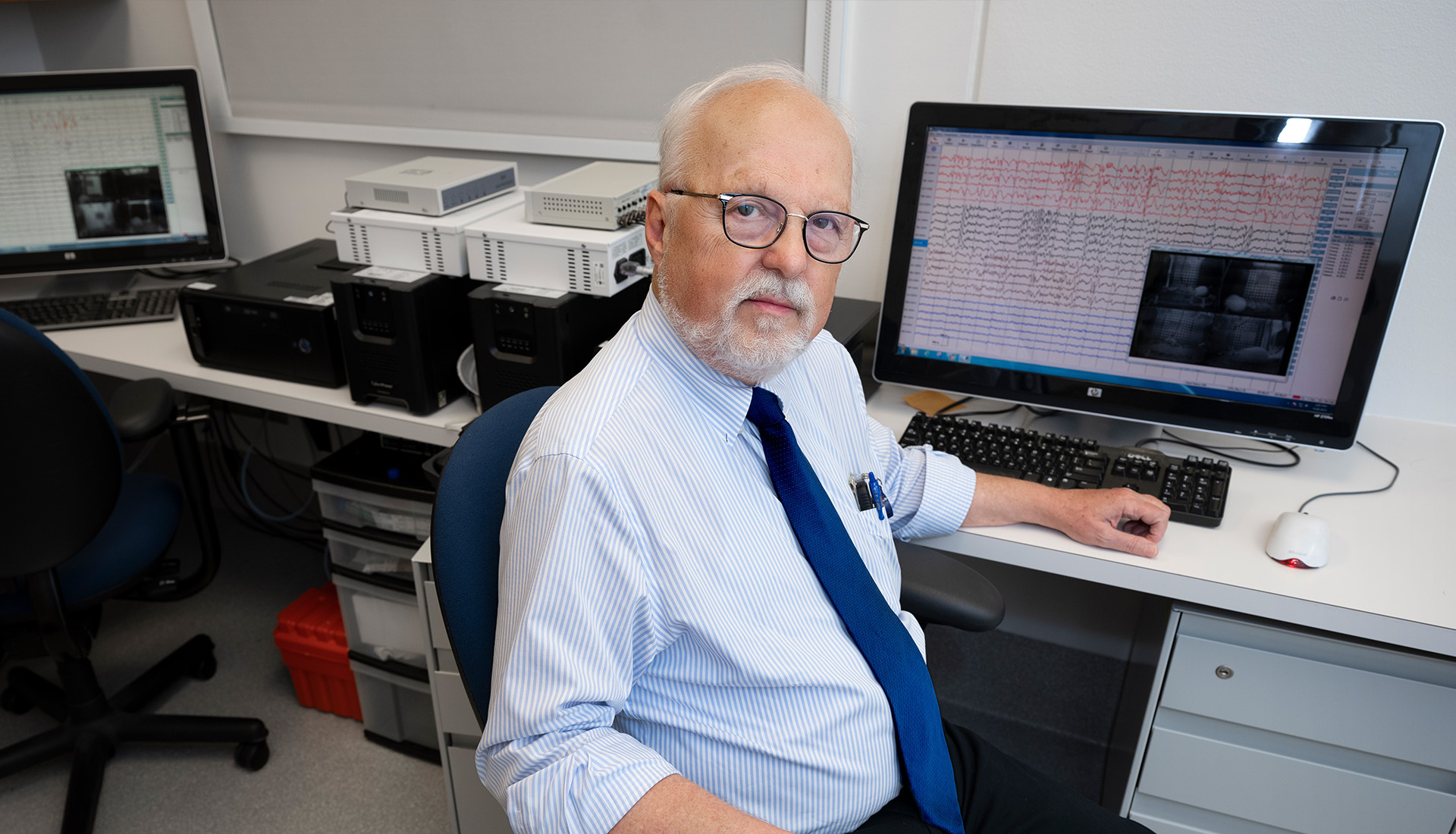

Researchers led by John Swann, PhD, at Texas Children’s Hospital and Baylor College of Medicine have found that using electroencephalogram (EEG) recordings to measure the brain’s epilepsy-associated high-frequency activity (HFA) can serve as a clinical biomarker for locating areas of the brain that are responsible for epileptic spasms in patients with infantile spasms (IS)/West syndrome.
IS/West syndrome is a childhood disorder that causes brief seizures. Left untreated, these epileptic spasms can halt brain development and result in long-term cognitive and motor damage.
This new method is accurate, easy to use and noninvasive compared to well-established brain-mapping procedures that are invasive and require specialized technical and surgical methods. It can be adopted rapidly into clinical settings because clinicians can perform EEGs and analyze HFA data using equipment that is available already in most hospitals.
If an IS/West patient fails to respond to standard treatments, including hormonal therapy, drugs and a ketogenic diet, surgical removal of the part of the brain where spasms originate may be necessary. However, because affected areas of the brain may control important functions, such as speech, precision mapping of the brain is critical for a successful outcome and mitigation of unacceptable consequences.
Analysis of HFA data can make it significantly easier for neurosurgeons to target abnormal regions of the brain for removal, because they can record HFA from the surface of the skull instead of within the brain.
“We are excited by the potential implications of our findings for IS patients. We are hopeful that early implementation of this practice can significantly reduce the risk of long-term disabilities and improve clinical and quality-of-life outcomes for IS patients who are surgical candidates,” said Dr. Swann, Director of the Cain Foundation Laboratories for Pediatric Neurology and former Co-Director of the Jan and Dan Duncan Neurological Research Institute.
For more information, please read about the study in the journal Epilepsia at https://pubmed.ncbi.nlm.nih.gov/34258765/.